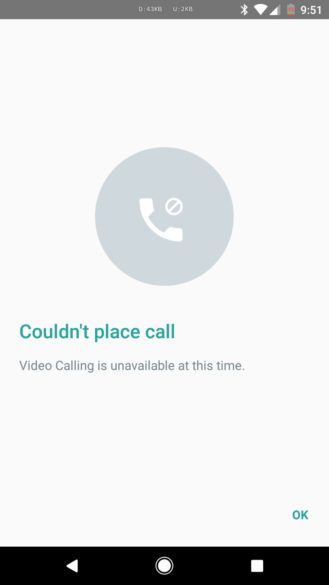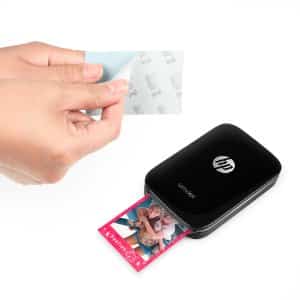Google wants more businesses to use its cloud-based collaboration apps like Gmail, Google Drive and Google Docs, and it believes that a new hardware device will help introduce those apps into more offices. The company has just announced the Google Jamboard, a big 55-inch 4K touchscreen whiteboard that it plans to officially launch in early 2017.
Google, which recently combined its cloud-based collaboration apps under the G Suite branding, says that the Jamboard will allow businesses to show any files stored in Docs, Sheets and Slides. It will also be able to add any images stored on a Google Drive account. The Jamboard itself will have its own tools, such as sticky notes and stencils, to help enhance any business presentation. It will also be able to recognize handwriting and hand-drawn shapes on its big display. Of course, any changes to the files made on the whiteboard can also be saved on the cloud, and check out later by employees on their own smartphones and tablets.
While Google has yet to offer much information on what’s inside the Jamboard, it does say it comes with two crayon-looking passive styluses, along with a passive large eraser for when you want to wipe the whiteboard clean of content. While it can be mounted on a wall like any flat-screen TV, the Google Jamboard will also be designed so it can be mounted on wheels so it can be moved easily to any room in an office.
Google has not yet revealed the specific price of the Jamboard, but it promises that it will cost somewhere under $6,000. It is already test-driving the whiteboard at businesses like Netflix and Spotify so it can make some final refinements to its hardware and software. Interested businesses can apply to check out an early version of the Jamboard before it is officially released.


